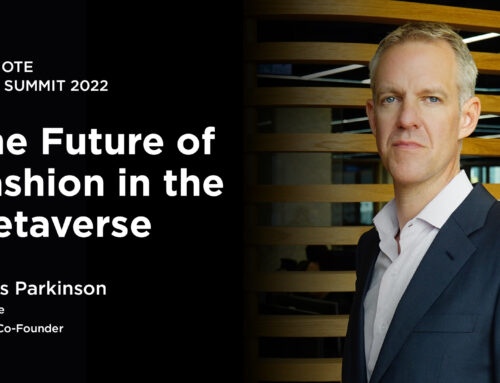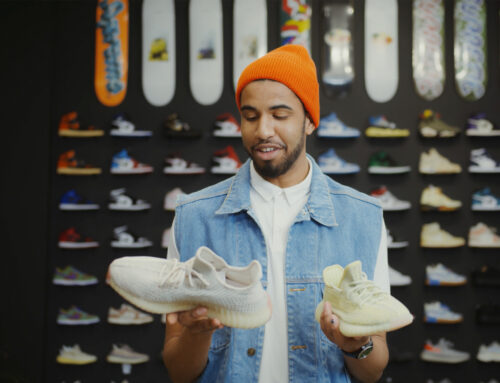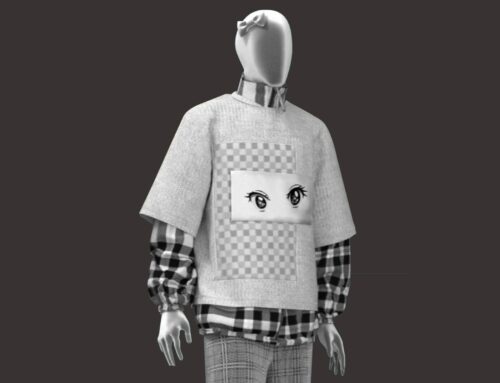Sustainability and the Circular Economy
August 24, 2020
67 percent of consumers see sustainable materials to be an important purchasing factor, while 63 percent consider a brand’s overall promotion of sustainability to be important when choosing products.
Circular economy: “decouple economic activity from the consumption of finite resources and to remove waste out of the production system all together.”
Consumers are increasingly shifting priorities when making purchasing decisions, changing their focus from “newness” to “sustainability,” according to a report by McKinsey regarding the impacts of the pandemic on the fashion industry. Apparel retail has always valued trends and seasonality; however, consumers are now indicating that new designs can wait versus those items that fit better and last longer. The report found that more than 67 percent of consumers see sustainable materials to be an important purchasing factor, while 63 percent consider a brand’s overall promotion of sustainability to be important when choosing products.
The popular “Produce, purchase, and dispose with little wear” approach is now under pressure from apparel companies that are exploring a new model – the “circular economy.” Unlike the “wear-once” behavior, the circular economy aims to “decouple economic activity from the consumption of finite resources and to remove waste out of the production system all together.” Companies are now looking to produce using recycled materials whilst making sure that their production and delivery processes minimize any negative impact on the environment. Even though people may have got used to buying clothes made from non-recyclable materials and only wearing them once or twice, consumers are now balancing their closet turnover rates with the environmental pollutants they indirectly generate.
Brands ranging from big names to small startups are all responding to consumer demands. For example, Nike’s “Space Hippie” launched earlier this year, is made from 85-90% recycled content, while more than half of Nani Swimwear’s 2020 collection are made from recycled plastic water bottles. However, beyond the materials themselves, brands like Perspective Fit Wear have instead chosen to take a holistic approach to their sustainability mission by using recycled industry water and heat in manufacturing. Other than revising the production blueprint which could take considerable time, Financial Express recommends other initiatives that businesses can start. Raising the awareness of your sustainability efforts as well as augmenting your ecommerce with virtual fitting and 3D visualization.
Younger Gen Z and millennials often find their ways to smaller brands with sustainable messages through influencers, but this seal of approval does not guarantee sales if consumers are continuously second-doubting what the clothes will look like in real life. Guaranteed free returns was a benefit introduced for online buyers in case the clothes did not fit or appear the way they expected, overtime this has encouraged shoppers to order, try and then return items at a very high rate. Noting that styling and size-related issues make up the majority of returns, businesses can opt for virtual fitting rooms to allow the physical tryon experience within the ecommerce environment.
3D Virtual Fitting rooms such as Style.me allow online shoppers to specify their weight, height, and body type, to create an avatar and tryon clothes, get a size recommendation as well as seeing how items would look on their bodies. With the data collected, retailers can further understand their consumers, allowing collections to be sharpened, reorganized, and “repurposed” for greater sales and less returns. Reducing returns and ensuring consumers buy items they like and will wear contributes to the sustainability model.
Since the recent pandemic started, over 50% of younger consumers stated they are increasing their purchases from independent brands. Riding on higher discoverability, these brands can “repurpose” styling and emphasize the idea of “fit” using consumer data from the virtual fitting room. The positive impact is not only on the shopping experience but also the environment.



